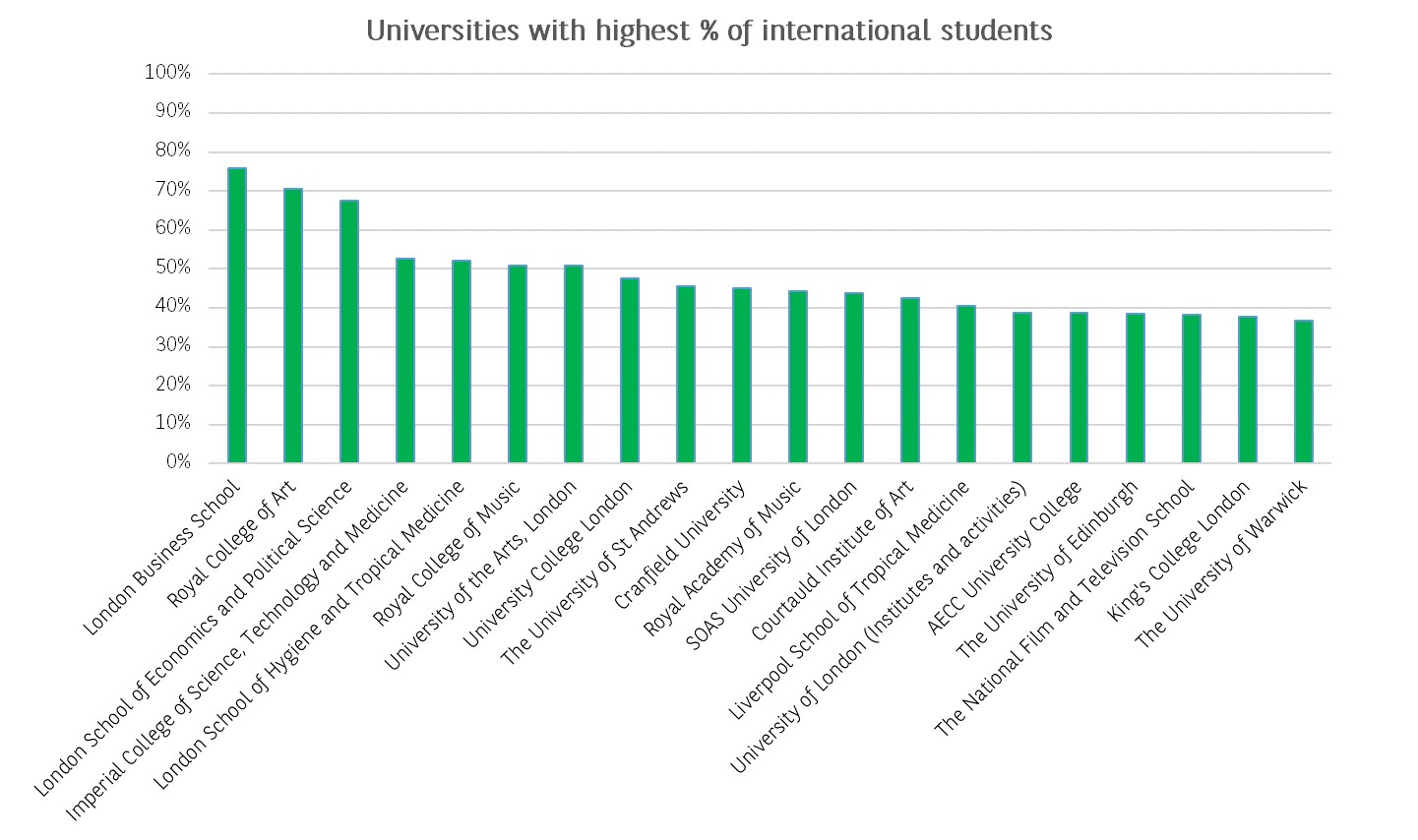Concerns have been raised around what COVID-19 might mean for the future of UK universities.
In the short term, there are fears around the level of acceptances for the 2020/21 academic year, and in the longer term whether there could be a wider structural shift whereby students pursue higher education in their own domestic market rather than overseas. This in turn could impact on demand for all types of student accommodation, including university owned and purpose-built.
The UK higher education institutions are recognised as some of the best in the world and each year thousands of overseas students travel to the UK to study at these highly regarded universities. As at academic year 2018/19 there were almost 486,000 international students in the UK.
Whilst at this stage it is hard to determine the impact, immediate or otherwise, we are able to look at which universities may be at most risk. A key point to highlight first, is that not all UK universities are overly dependent on overseas students. Although London and some of the Scottish universities, seem to have the highest exposure to international students, there are many universities that have a much lower proportion of international students.

Source: HESA
The Russell Group represents 24 leading UK universities and are recognised as some of the world’s leading higher education establishments so it is rather unsuprising to find that they all attract a fairly considerable proportion of overseas students

Source: HESA
They also attract a fair proportion of Chinese students. Whilst China was the original epicentre of COVID-19, this has now shifted to Europe. It is unclear whether Chinese students will want to continue to travel to the UK for higher education.

Source: HESA
International students are key to UK higher education institutions. Whilst UK domiciled students pay up to £9,250 per year in tuition fees, overseas students fees can vary between £10,000 and £40,000 per year, or more for medical degrees, depending on the course and university (source The Complete University Guide 2020 Reddin Survey of Tuition Fees). It follows that the universities with high dependency on tuition fees for income, and those with a high proportion of international students, are most at risk.

Source: HESA

Source: HESA
If international student numbers do fall, it is likely top universities with high international student dependency, will have no choice but to offer more places to domestic students in order to ensure full courses. This would likely filter down the university hierarchy with some of the weaker performing universities struggling to fill places.
Whilst no one really knows what COVID-19 might mean long term for international travel, it’s important to recognise that there are a number of solid reasons why traditionally, a high proportion of international students have chosen to study in the UK. The high standard of teaching and internationally recognised qualifications are only two of the reasons. They have also been attracted by the career prospects, the language, the culture and the opportunities UK qualifications present. These factors long precede COVID-19. When the UK recovers it should still offer all these advantages to international students and may even be seen from a stronger perspective, as a safe haven, a united country, where the government would do anything to support its population in times of need.